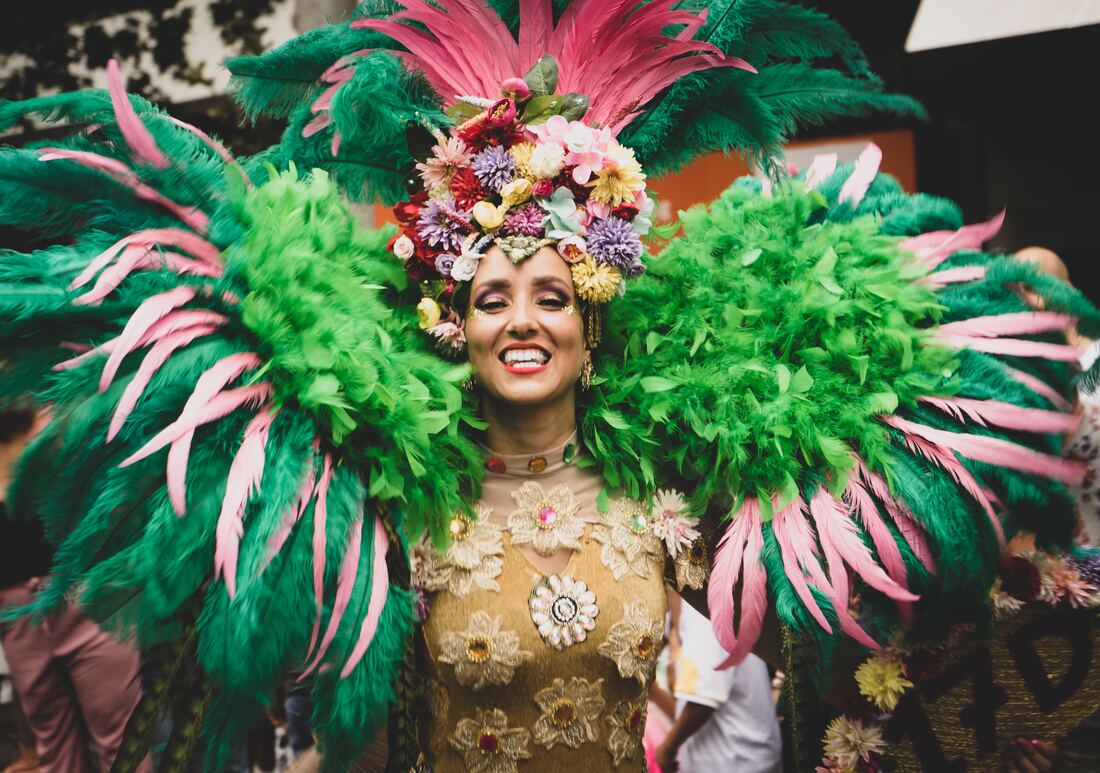|
By: A. Bonde Brazil, a land of vibrant cultures and rich traditions, is not only known for its lush rainforests, and iconic Carnivals but also for its enchanting tapestry of folklore that weaves together a fascinating blend of myths, legends, and supernatural tales. Brazilian folklore, which has its roots in the varied cultural legacy of its indigenous peoples, European immigrants, and African slaves, has not only captured the attention of its people but also permanently altered the nation's cultural identity and artistic expressions.
Brazilian folklore has a rich history that is equally diverse as its people. Indigenous people, who had strong links to the natural world and the spiritual world, provided an abundance of stories centred on the environment, animals, and celestial bodies. These tales frequently have profound moral teachings and emphasised the interdependence between people and the environment. European colonisers added a fresh dimension to Brazilian mythology. The Brothers Grimm's fairy tales and other European tales merged with native narratives to create original tales that included elements of the old and new worlds. Themes of love, treachery, and the conflict between good and evil were frequently explored in these stories, which frequently featured meetings between humans and otherworldly beings. The African diaspora, however, had the greatest influence. A variety of African rituals, gods, and beliefs mixed with indigenous practices after the advent of African slaves, giving rise to syncretic religions like Candomblé and Umbanda. Brazilian folklore gained richness and complexity because of the supernatural beings and mythological figures that these belief systems gave rise to. Brazilian mythology contains a wide variety of alluring creatures that have taken on iconic status in the country's collective unconscious. These figures personify the complex interaction between people and their environments, from the mischievous Saci-Pererê, a one-legged trickster who can vanish and reappear at will, to the ferocious Curupira, a forest guardian who punishes those who abuse the environment. The Mule Without a Head, or as most of us know "Mula Sem Cabeça" and the alluring Iara, a water nymph who tempts men to their watery deaths, a few being examples of the merging of indigenous, European, and African components. These characters not only serve as cautionary tales but also act as a reflection of Brazilian culture's innate respect for the natural world and the paranormal. Brazilian folklore has had a lasting influence on many aspects of Brazilian society and the arts. These stories, for example, have had a significant impact on literature. Folklore was included into the works of well-known Brazilian authors like Jorge Amado and Monteiro Lobato, who gave their tales the rich tapestry of myths and legends that have enthralled centuries. Brazilian folklore has also greatly shaped the performing arts. Traditional dances, including the intricate samba dance, are influenced by the joyous atmosphere of Carnival, when folklore figures come to life in colourful parades and performances. The essence of these fantastic tales is frequently transmitted to the globe through music, particularly the evocative sounds of bossa nova and samba. The imagery of Brazilian folklore has had a significant influence on visual arts, from painting to sculpture. Famous characters and events from these stories are regularly portrayed by artists, demonstrating the continuous relationship between the fantastic and the commonplace. Ultimately, Brazilian folklore serves as evidence of the complex interaction of various cultures and traditions that have influenced the country. Brazilian folklore weaves an enthralling narrative that continues to influence and inspire culture, the arts, and identity, from its roots in indigenous wisdom to its fusion with European and African elements. Brazilian folklore continues to be an eternal lighthouse that illuminates the path forward while respecting the knowledge of the past as Brazil marches fearlessly towards the future.
0 Comments
Leave a Reply. |
Categories
All
Archives
June 2024
|

